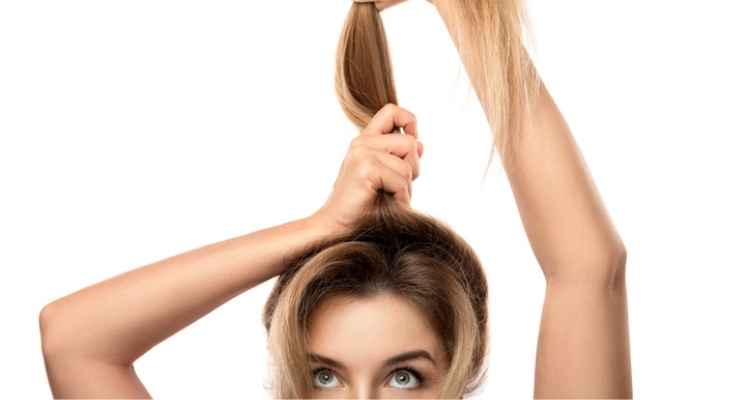Thinning hair affects both sexes and can occur at any age. According to a recent scientific study, 85% of men and 40% of women experience conspicuous hair loss by age 50; surgery and non-surgical hair restoration can effectively treat hair loss.
Here are six alternatives to surgical hair restoration for those who would instead not undergo the operation.
1. Healthy Diet
Preventing hair fall and promoting new hair growth can be achieved by maintaining a balanced diet. Because of hair’s transient nature, dietary deficiencies or excesses can trigger hair loss. Not missing breakfast, drinking plenty of water, eating adequate protein, eating iron-rich meals, eating vitamins and minerals, limiting dairy, and so on are all pieces of nutritional advice for good hair.
Protein is a fundamental component of hair; hence, its presence is essential to healthy hair growth. People who reduce or remove amino acids from their diets experience increased shedding and hair loss. However, reintroducing adequate protein into their diets can reverse this trend. Some naturally occurring vitamins and minerals have been proven to stimulate hair growth. These include vitamins B, D, and C, folic acid, and magnesium.
2. Hair Loss Products
Products that combat hair loss is the least invasive and most convenient option. Both prescription and OTC medications are available in various delivery systems, including shampoo, spray, and foam. No matter how packaged, most products require consistent use for several months before yielding benefits.
Unfortunately, your hair’s natural loss pattern will resume if you stop using the topical treatment. That is true for the vast majority of alternatives to surgery. There are several options for coping with hair thinning or balding, but none can grow hair back or stop balding in its tracks.
3. Low-Level Tight Therapy
Though it has been available for a while, LLLT has yet to attain the same level of popularity as Platelet-Rich Plasma (PRP) or brand awareness as Rogaine or Propecia. When other treatment options are not feasible, LLLT may be a viable choice.
Although LLLT is a fantastic alternative for individuals who cannot afford PRP, it’s not the best choice for everyone. LLLT therapy’s effectiveness for hair loss is controversial, and not everyone who tries it experiences positive results. Before shelling out the money for one, you should talk to a professional or your primary doctor to see if an LLLT helmet fits you.
4. Platelet-Rich Plasma
Platelet-Rich Plasma, or PRP for short, is the most proactive and effective non-surgical treatment for hair restoration. When injected directly into the scalp, PRP, generated from the patient’s blood platelets, can activate hair follicles and encourage growth.
PRP is more intrusive than other non-surgical therapies for hair loss because it uses the patient’s blood. The doctor takes a sample of the patient’s blood from an arm vein and spins it very quickly in a centrifuge to isolate the red cells from the plasma. When this is done, only the enhanced growth factors are left in the plasma. The thinning areas of the scalp are then injected adequately with PRP. Depending on the size of the regions to be treated, the entire process can take from fifteen minutes to half an hour.
5. Supplements
Getting the minerals and vitamins you need through your diet, and dietary supplements are possible. Promoting hair development or stopping hair loss is important when purchasing a bottle. The same is true with nutritional supplements; they cannot undo past mistakes. If you’ve noticed a thinning hairline or patchy baldness, vitamins won’t reverse the problem, but they may help with medical therapy or a surgical operation like PPR.
6. Scalp Micropigmentation
Another non-surgical hair restoration method is scalp micropigmentation, which involves tattooing synthetic hair onto the scalp to give the appearance of a full head of hair. This method employs a specially formulated ink to create a pattern of dots and streaks on the scalp, which provides the appearance of freshly shaven hair.
Minimally invasive professional treatments and self-care measures like hair care and vitamins can restore volume and thickness to thinning or balding tresses for patients unwilling to undergo surgical intervention. If you want to ensure you’re getting the best care possible for your problem, you should go to a dermatologist or plastic surgeon who has passed the appropriate boards.

